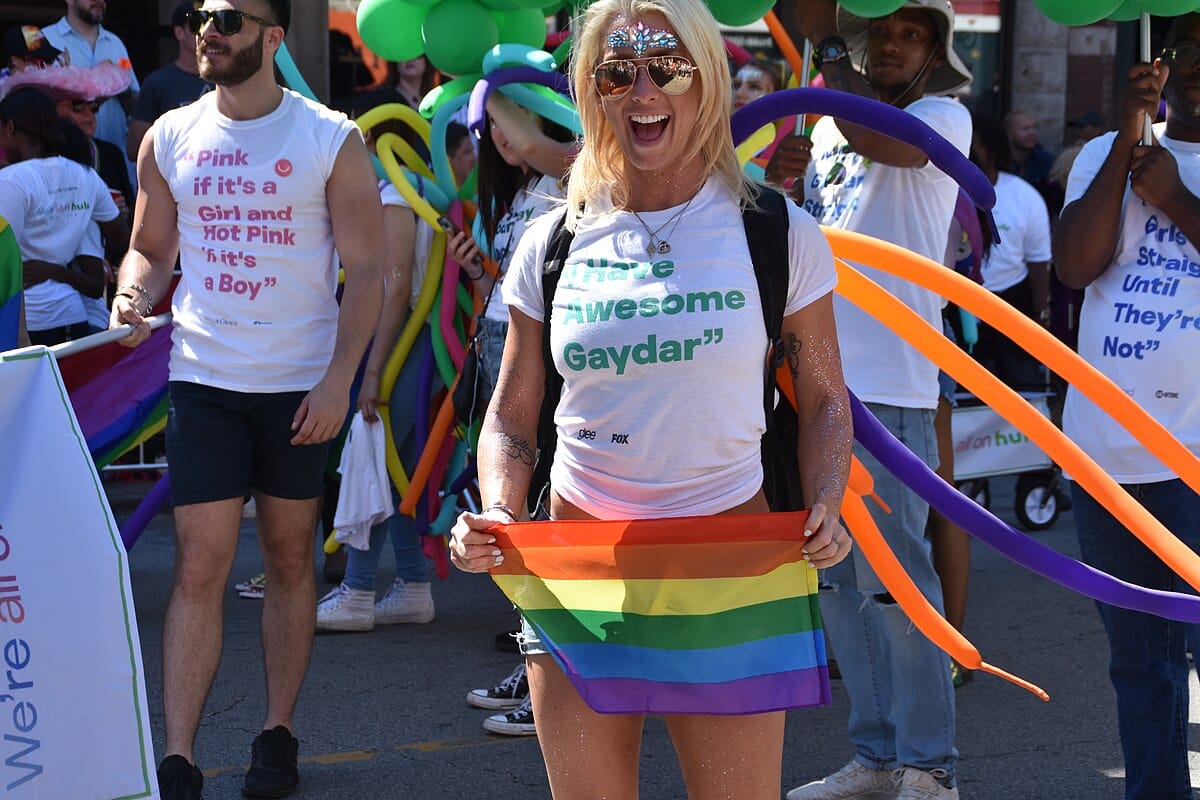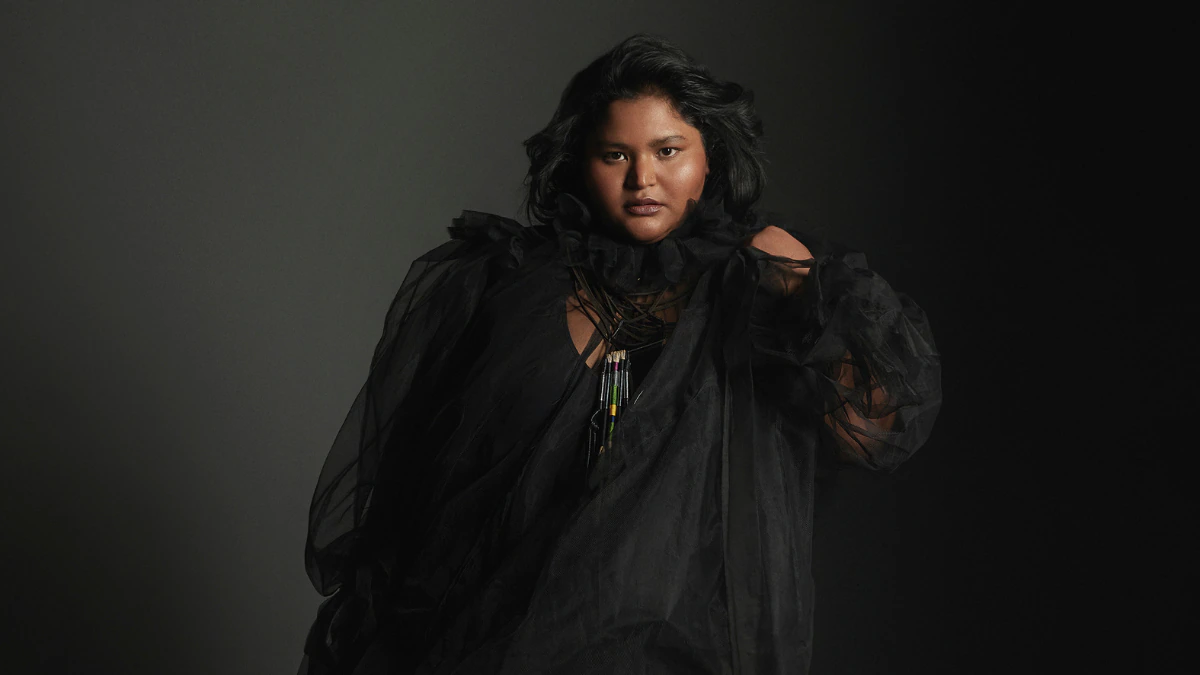The selfie is not just a symbol of self-absorption anymore. It is also a global killer. As India leads the global tally in selfie related deaths, the activity has, quite classically, been banned at various locations in the country. Although it is hardly the only (or the first) country to institute such a ban, the rhetoric around the selfie in India is particularly scathing and derisive.
Like most cultural products that revolve around imaging bodies; selfies are gendered. Female selfie-takers, specifically, are caught in a damningly circuitous logic- selfies connote vanity because women take them and women are regarded as vain because they take selfies (Case in point: female selfies being pejoratively labeled ‘duckface’). Despite the flak generated by the selfie around itself as a shallow expression of female self-objectification, it is now gradually being seen as a tool that can bring women together on the path of empowerment.
Gender around the Indian selfie
Cementing the notion that selfie taking is a female activity, a Pew Centre report found that majority selfie-takers are females. While a large number of international researchers believe that females create camera phone culture, India throws academicians in a loop. In India, males do not only click selfies, but they also promote the activity.
Salman Khan,the epitome of all things ‘macho’, can freely celebrate selfies while he sings about himself on-screen urging viewers to ‘selfie le le re’ (take a selfie, already!) without inviting censure. The Indian Prime Minister can be regarded as a youth icon for his penchant for selfies. But, a woman preoccupied with selfies is branded fake and shallow. Consider the famous Magnum advertisement campaign featuring Kareena Kapoor, where her quest for the perfect selfie is a cause of disruption and male exasperation. In the case of the selfie, what’s sauce for the goose is not sauce for the gander.
In most cultures, the activities termed as inherently ‘masculine’ have more weight than those termed as ‘feminine’. In India, selfie-taking straddles both genders uncomfortably. It joins the league of several activities which men may perform with little censure but women need to be wary of. This is particularly why women (especially, Indian women) need to explore different ways in which their selves and their femininities are displayed through selfies.
Female gazes seeking the ‘differently beautiful’
John Berger writes in Ways of Seeing, “Men act, women appear. Men look at women. Women watch themselves being looked at.” The concept of the male gaze, first theorized by Laura Mulvey, is now universally employed to describe the objectification and violence in the male look at the female body. Images that are either manifestations of the male gaze or superbly pandering to it are everywhere and it does not take a rocket scientist (or a feminist!) to spot them. But researchers find that selfies are a different sort of image.
The female selfie taker gazes upon her own body while she clicks a selfie. It is her look, her image, and ultimately, it is her gaze that the selfie embodies. Unlike the conventional image where she is posing for the camera; relinquishing her power and agency, the selfie allows the female to be both, in front of and behind the camera. She is in the image, but she is also the one taking the image. As a result, a selfie helps her control the way she wishes to be seen. And this feature of the selfie unlocks its potential to subvert conventional ideas of beauty.
Females are likely to find selfies especially empowering when they post pictures of themselves that do not adhere to any socially acceptable idea of beauty and receive support. In 2014, feminists at the Royal Halloway University posted pictures of their scrunched up faces in protest after being called ‘ugly’. What began as a tongue-in-cheek way to express the idea that females need not judge their worth based on physical terms, became a global phenomenon, with dozens of feminists (both men and women) posting similar pictures of themselves in solidarity with the women at the University.
The fulcrum of the empowering female selfie is the notion that females may choose to finally show themselves to the world, the way they see themselves.
To selfie or not to selfie – That is the question
This does not imply that every selfie is empowering. Selfies can very easily become emblematic of problematic ideas of femininity and consumerism, along with self-objectification. It does not even imply that all women will essentially feel empowered magically after they take a selfie. Women also find themselves curiously conflicted, should they showcase their body in selfies and risk being derided as promiscuous or should they post ‘less-than-perfect’ images of them and risk being dismissed as prudes or feminazis? Or should they bin the idea of taking selfies altogether because they have come to represent female objectification?
As the conversation around the most recent Kim Kardashian nude selfie exemplifies, these questions do not have an absolute answer. There can be no guide that tells females how to employ the selfie to empower themselves. Indeed, such a thing would spectacularly defeat the purpose in identifying the role of the selfie as a tool of female self-expression. The point is to explore new female subjectivities- not constrain them into a formula.
But it is time that women start recognizing that a formidable tool of self-expression is already a part of their arsenal. The selfie is, quite simply, an invitation. It invites the female to gaze upon herself and shows audiences how she sees herself.
Featured Image Credit: Art and Technology | Picasso’s Seated Woman Takes a Selfie
About the author(s)
Damini has recently acquired her post-graduate degree in Communication and Journalism from Mumbai University. Since she graduated, she has been engaged in research work and has presented papers at international conferences. Apart from pegging away at geeky (mostly feminist) literature, she has also conducted gender sensitization workshops. She is currently working as a news curator.



